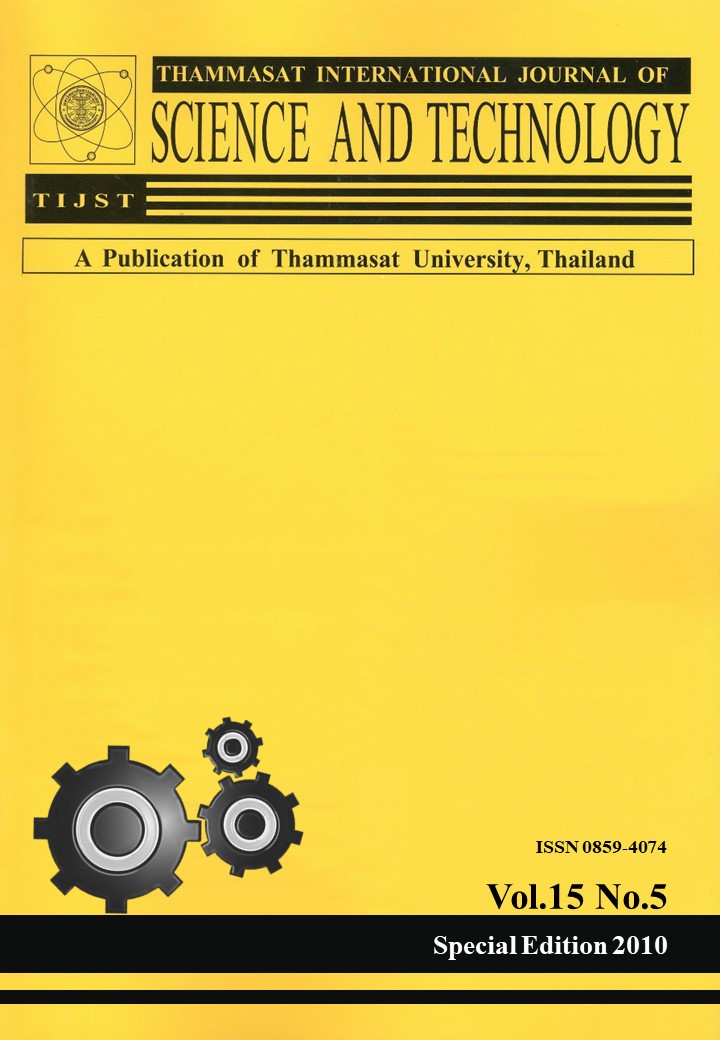A Preliminary Study of Andrographolide Precipitation from Andrographis Paniculata Extracts Using a Supercritical Anti-Solvent (SAS)
##plugins.themes.bootstrap3.article.main##
摘要
The aim of this research was to study the effect of pressure (5-24 MPa) and temperature (308-328 K) on the precipitation of andrographolide from Andrographis paniculata extracts. Andrographolide was precipitated using ethanol and compressed CO2 as the so-called anti-solvent at a constant CO2 flow rate of 1 g/min. The efficiency of two precipitation methods; Supercritical Anti-Solvent (SAS) process and evaporation process were compared. For the SAS process, the crystal particles were obtained as column-like and slicelike depending on the operating conditions. The mean diameters were found to be in the range of 5.36–34.01 μm. Small particles with narrow size distributions were obtained at the high pressure and low temperature. Moreover, high performance liquid chromatography (HPLC) also indicated that the SAS process demonstrated a high yield and high degree of purity. On the other hand, the precipitates obtained from subcritical anti-solvent and evaporation process were amorphous particles and high impurities. The SAS process was found to be the successful precipitation method for andrographolide precipitation from A.paniculata extracts because of uniform crystal, small particle size, narrow size distribution, high precipitation yield and selective precipitation.


